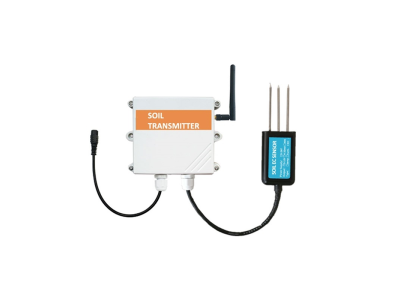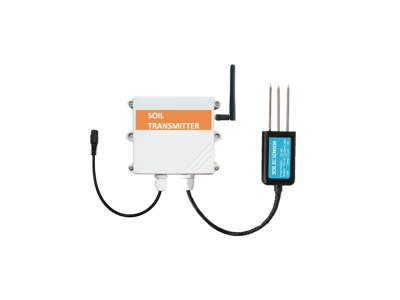Precision agriculture, also known as smart farming, is a modern approach to agricultural management that utilizes advanced technologies to optimize crop production. One of the key components of precision agriculture is the use of soil sensors, which provide valuable insights into soil conditions and enable farmers to make informed decisions about irrigation, fertilization, and other agronomic practices. In this article, we will explore the significance of soil sensors in precision agriculture, their working principles, and the impact they have on maximizing crop yield and quality.
Understanding Soil Sensors:
Soil sensors are devices that measure various soil parameters such as moisture content, temperature, pH level, electrical conductivity, and nutrient levels. They are typically installed at different depths in the soil profile to capture data from multiple layers. Soil sensors collect data in real-time and transmit it to a central system for analysis and interpretation. This information helps farmers understand the dynamic nature of soil conditions and make precise adjustments to their farming practices.
The Role of Soil Sensors in Precision Agriculture:
Soil sensors play a crucial role in precision agriculture by providing accurate and localized information about soil conditions. They enable farmers to monitor soil moisture, nutrient availability, and other key factors that influence crop growth and yield. By collecting data at different depths, soil sensors help identify variations in soil properties within a field, allowing farmers to implement site-specific management strategies. This targeted approach leads to optimized resource utilization, reduced environmental impact, and improved crop productivity.
Working Principles of Soil Sensors:
a. Moisture Sensors: Moisture sensors measure the water content in the soil. They can be based on various technologies such as capacitance, time domain reflectometry (TDR), or frequency domain reflectometry (FDR). These sensors provide real-time data on soil moisture levels, helping farmers determine when and how much to irrigate.
b. Temperature Sensors: Temperature sensors measure the soil temperature at different depths. They help farmers understand the impact of temperature on crop growth and development. This information is particularly useful for timing planting, managing pests and diseases, and optimizing nutrient uptake.
c. pH Sensors: pH sensors measure the acidity or alkalinity of the soil. They provide insights into soil fertility and nutrient availability. By monitoring pH levels, farmers can adjust soil amendments and fertilization practices to create an optimal pH range for specific crops.
d. Electrical Conductivity (EC) Sensors: EC sensors measure the electrical conductivity of the soil, which indicates the presence of dissolved salts and nutrient levels. High EC values may suggest excessive salinity, while low values may indicate nutrient deficiencies. By monitoring EC levels, farmers can adjust their irrigation and fertilization practices accordingly.
e. Nutrient Sensors: Nutrient sensors measure the concentration of essential nutrients such as nitrogen, phosphorus, and potassium in the soil. They help farmers determine the nutrient status of the soil and make informed decisions about fertilization strategies. This targeted approach minimizes nutrient waste and reduces the risk of environmental pollution.

Applications of Soil Sensors:
a. Irrigation Management: Soil sensors provide real-time data on soil moisture levels, enabling farmers to optimize irrigation practices. By avoiding under or over-irrigation, farmers can minimize water wastage, reduce energy costs, and prevent waterlogging or drought stress in crops.
b. Fertilizer Management: Soil sensors help farmers assess nutrient availability in the soil. This allows them to apply fertilizers in precise quantities and at the right time, ensuring that crops receive adequate nutrition. Optimal fertilizer management improves nutrient use efficiency, reduces fertilizer costs, and minimizes nutrient runoff.
c. Disease and Pest Management: Soil sensors, combined with temperature and moisture data, can help farmers predict disease and pest outbreaks. By monitoring soil conditions favorable for pathogens or pests, farmers can implement preventive measures such as crop rotation, targeted pesticide application, or biological control methods.
d. Site-Specific Management: Soil sensors enable farmers to identify variations in soil properties within a field. This information allows for site-specific management strategies, such as variable-rate irrigation or fertilization, tailored to the specific needs of different areas within the field. This targeted approach optimizes resource allocation and maximizes crop yield and quality.
Advancements and Challenges:
a. Wireless Connectivity and IoT Integration: Recent advancements have led to the development of wireless soil sensors that can transmit data in real-tim






